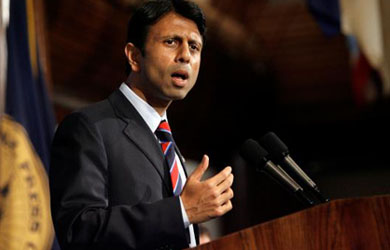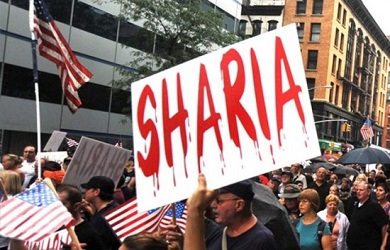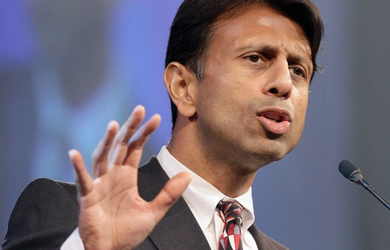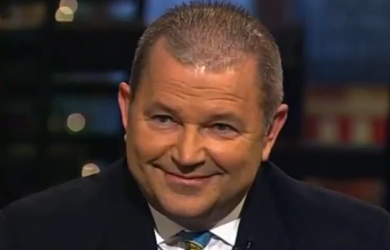Last summer, when Washington, DC was suffering through a spate of murders, the Christian Defense Coalition responded by sponsoring “six days of around the clock prayer vigils under a large tent on the National Mall, from July 21 to July 26, seeking God to reduce the crime rate in the nation’s capital over the next six months.”
Following the week-long vigil, the CDC announced that “there were no murders in Washington” during that time period, but then issued a correction stating that there had actually been one.
Six months later, the CDC has returned to announce that its vigil was a rousing success:
The Christian Defense Coalition is delighted to report that there were 27% less murders in the final five months of 2006 compared with final five months of 2005.
The Coalition encourages churches across the nation to begin to reach out in public prayer regarding pressing social concerns facing their local communities.
Rev. Patrick J. Mahoney, Director of the Christian Defense Coalition, comments, “The Christian Defense Coalition promised at the end of July we would announce the numbers concerning Washington, D.C.’s murder rate for the final five months of 2006. We are delighted to report, after a season of concentrated and regular prayer, there was drop in the murder rate of 27%.
CDC initially said it was seeking to reduce the “crime rate in the nation’s capital over the next six months,” though now it looks as if they have retroactively decided to cut it to five months – maybe because the DC murder rate in January is up 10% over last year.
Incidentally, Mahoney failed to note that the murder rate in DC has dropped every year since 2002 and has dropped 65% since its high in 1991.
On top of that, he made no mention of the role that DC police undoubtedly played in lowering the murder rate:
This grisly sequence caused then-Police Chief Charles H. Ramsey to declare a “crime emergency,” giving himself the power to reassign officers immediately to the times and areas where they were most needed. The declaration also prompted then-Mayor Anthony A. Williams to propose a broad package of anticrime measures.
In the end, the District Council gave the police $8 million for extra overtime, imposed a 10 p.m. curfew for youths 16 and younger, and authorized installation in high-crime areas of surveillance cameras and an acoustic shot-detection system.
Officials also took a number steps to increase public awareness. Inside buses and subway cars they put up posters bearing head shots of 20 young victims of gun violence, complete with names, life spans and the message: “Real guns kill real people.”
In the months that followed, the number of homicides dropped. After 24 in July, there were 12 in August, 13 in September. And the numbers didn’t spike when the police overtime money was spent and the emergency expired.
“I think all that was done mattered a great deal,” City Councilman Jim Graham said in an interview last week. “I think if we hadn’t spent the money, we’d be having a very different conversation today.”








